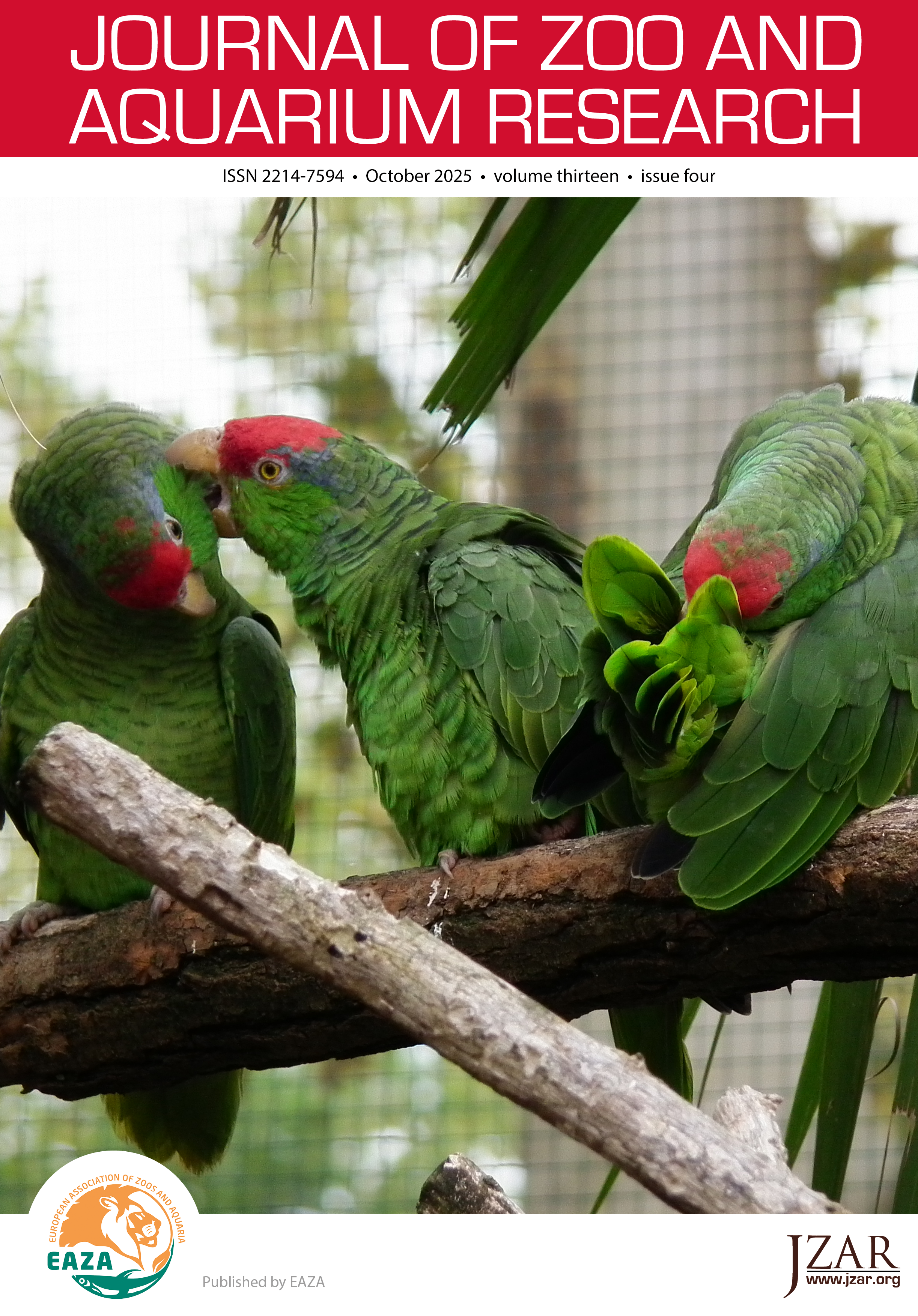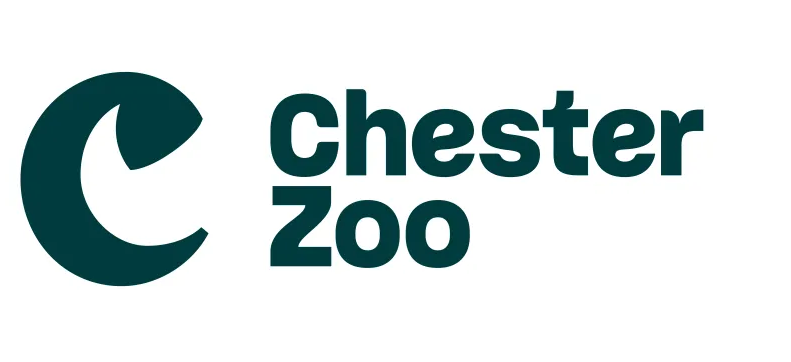Solvable challenges, meaningful lives – welfare and reproduction in zoo animals
DOI:
https://doi.org/10.19227/jzar.v13i4.902Keywords:
behaviour, enrichment, population management, reproduction, reproduction control, welfareAbstract
In the management and care of farm animals and pets, controlling reproduction is common practice to an extent that its justification is rarely questioned. In zoo population management, limited holding capacity and difficulties in culling so-called ‘surplus animals’ lead to a widespread use of reproductive control measures. The argument that preventing reproductive behaviour represents a welfare compromise has been put forward repeatedly in dicussions about zoo population management. However, reports on the effect of limiting reproduction on individual or whole group welfare are surprisingly sparse. Here, we focus on welfare-relevant aspects of preventing reproduction. Welfare-based decisions regarding the use and choice of reproductive control methods can only be taken if every aspect of a species’ reproductive behavior and physiology is taken into account. To ensure zoo animal welfare, we need not only protect zoo animals from distress, but need to provide a meaningful life with solvable challenges on a continuous basis. Reproductive behaviour may be considered a very appropriate challenge for an individual animal that its species evidently evolved to solve. Considering the lifetime of an individual, reproductive activity may represent a comparatively small portion of its activity budget, or a very large portion of its overall lifespan. When considering reproductive control in zoo animals, one needs to be aware of the entirety of potential positive and negative welfare effects on an individual, and of the possible need to fill the gap in life time no longer occupied by reproductive activity.
Downloads
Published
How to Cite
Issue
Section
License
JZAR fulfils the DOAJ definition of open access and provides free and open access to the full text of all content without delay under a Creative Commons licence. The copyright holder of JZAR publications grants usage rights to third parties, allowing for immediate free access to the work and permitting any user to read, download, copy, distribute, print, search, or link to the full texts of articles.







